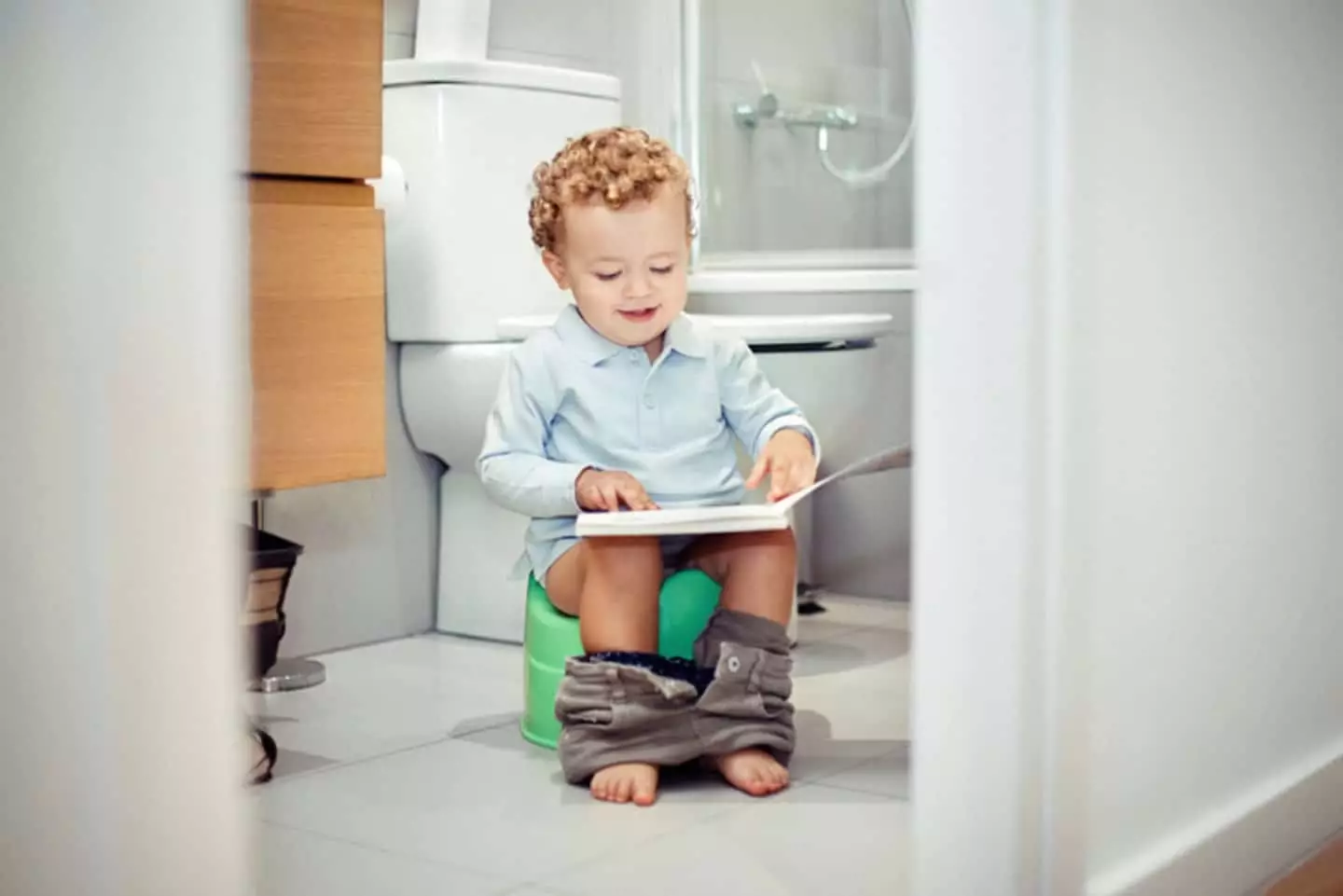Potty training is a pivotal milestone in a child’s development, signifying not only a significant leap towards independence but also a test of patience and resilience for parents. Witnessing a child’s pride as they master the use of the potty can be an exhilarating experience, evoking joy and a sense of accomplishment. However, embarking on this journey requires careful preparation, an understanding of readiness, and the ability to navigate potential setbacks. By establishing a strong foundation, parents can streamline the process and celebrate this achievement together.
One of the most critical factors in successful potty training is timing. Initiating the training process too early often leads to complications, as children may not yet possess the necessary physical or emotional readiness. Likewise, delaying the training can create its own challenges, as children may miss critical developmental windows. The ideal time for potty training falls between 20 and 30 months, though this can vary significantly from child to child.
Physical readiness involves several developmental changes, such as increased bladder capacity and control over bodily functions. Emotional readiness is equally important and can manifest in a child’s willingness to participate actively in the process. A child who displays enthusiasm and motivation is far more likely to succeed than one who is reluctant or distracted by significant life changes, such as a new sibling or transitioning to a new home.
An essential aspect of potty training is understanding that accidents are a natural part of the learning experience. Many parents become disheartened after a few mishaps, questioning their approach and the timing of their efforts. It is vital to recognize that accidents are not indicators of failure but rather opportunities for learning. Just as one does not abandon the process of teaching a child to ride a bike after a fall, parents should maintain a patient, nurturing attitude toward potty training.
Encouraging children to recognize the sensations associated with needing to go to the bathroom is essential. This can be challenging for children who have been accustomed to wearing diapers where they may not feel wet. By allowing them the opportunity to experience discomfort and connect with their body’s signals, parents can foster a greater awareness that will ultimately lead to success.
While it is natural for parents to want to guide their children through potty training, over-prompting can be counterproductive. Constantly asking questions such as “Do you need to pee?” can lead children to ignore their own bodily cues, causing frustration and regression in their progress. Parents should aim to step back and allow their children to take the lead, fostering a sense of responsibility and independence.
Establishing a conducive environment for potty training involves dedicating time and energy. Rather than shoehorning the potty training into an already busy schedule, parents should consider creating space for focused practice. This could entail taking time off work or prioritizing weekends for uninterrupted training. A concentrated approach can yield better results than a haphazard method that frequently interrupts the process.
Transitioning away from diapers is a crucial component of the potty training process. Using pull-ups or similar products may confuse children, as they provide a false sense of security that discourages them from fully engaging in the training. The recommendation is to fully commit to underwear during the daytime to promote an understanding of being wet and to encourage children to seek out the potty.
Consistency is paramount; wavering back to diapers after having initiated training can send mixed signals and create confusion for the child. While it’s perfectly acceptable to allow the use of diapers at night until nighttime dryness is achieved, daytime should be approached with a no-diaper policy. This steadfast approach not only reinforces learning but also cultivates trust between the parent and child.
Potty training represents a significant milestone, filled with challenges and triumphs. It is a time that requires ample patience, encouragement, and a belief in the child’s abilities. Celebrate the accidents as part of the learning curve, providing support as your child gains confidence. With the right mindset and the commitment to create a supportive environment, both parents and children can successfully navigate this journey towards independence. Remember, you’re not just training a child; you’re nurturing their growth, resilience, and self-esteem along the way. Embrace the process, and know that success is within reach.

